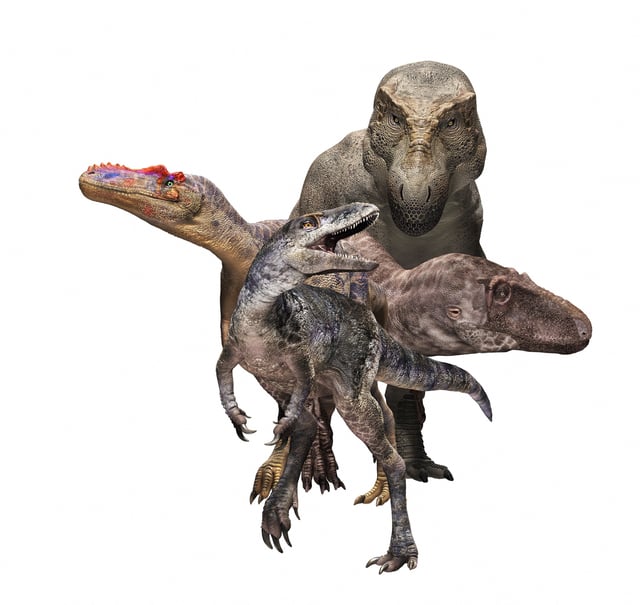Overview
- Researchers reexamined two partial skeletons unearthed in Mongolia in the 1970s and published in Nature the identification of Khankhuuluu mongoliensis as a new tyrannosauroid species.
- Khankhuuluu mongoliensis lived about 86 million years ago and was a medium-sized, fleet-footed predator weighing roughly 750 kilograms.
- Phylogenetic analysis positions this species as the closest-known precursor to giant eutyrannosaurians, filling a critical “mid-grade” gap between small early relatives and massive apex hunters.
- Evidence indicates that Khankhuuluu or its close kin migrated from Asia to North America around 85 million years ago, seeding the evolution of larger tyrannosaurs.
- The study overturns prior views of alioramins or “Pinocchio rexes” by showing they were highly derived miniaturized giants rather than primitive ancestors.


